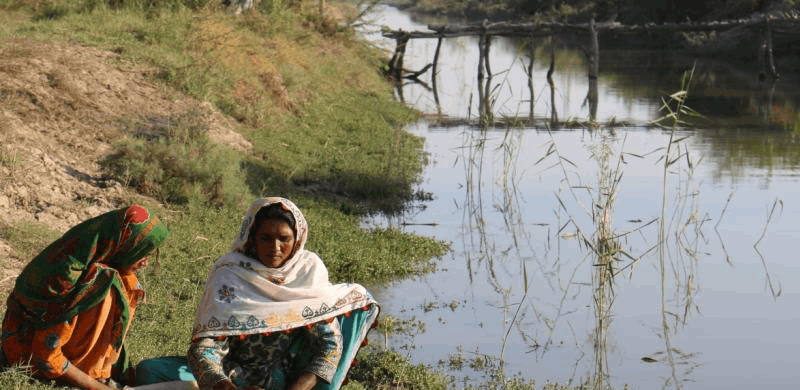
During the past one century, the barrages, channels, distributaries and dams have been constructed to divert and stop natural flow of rivers globally. Today around 7.5 billion people on the earth use billions of gallons of water everyday not only for drinking purposes but also for agriculture, industrial and municipal use.
Water is power. Future wars, they say, will be fought for this resource. Those who will have control over water resources will influence the global economy.
But people here in Pakistan are dying at thirty because of floods and famines. According to Pakistan Meteorological Department Drought Alert-III, a few months ago 19 districts of Sindh and 11 of Balochistan were undergoing severe and moderate droughts. It is a tragedy that despite having adequate supply of water, we haven’t been able to distribute it properly.
People in the southern parts of Sindh have no water to drink and irrigate lands. They are forced to drink contaminated and brackish water, which is causing stomach pains, cholera, diarrhoea, and kidney failures – in short reducing their life expectancy. In addition, animal life is under great threat. Rare species are disappearing and the ecosystem is facing a grave challenge.
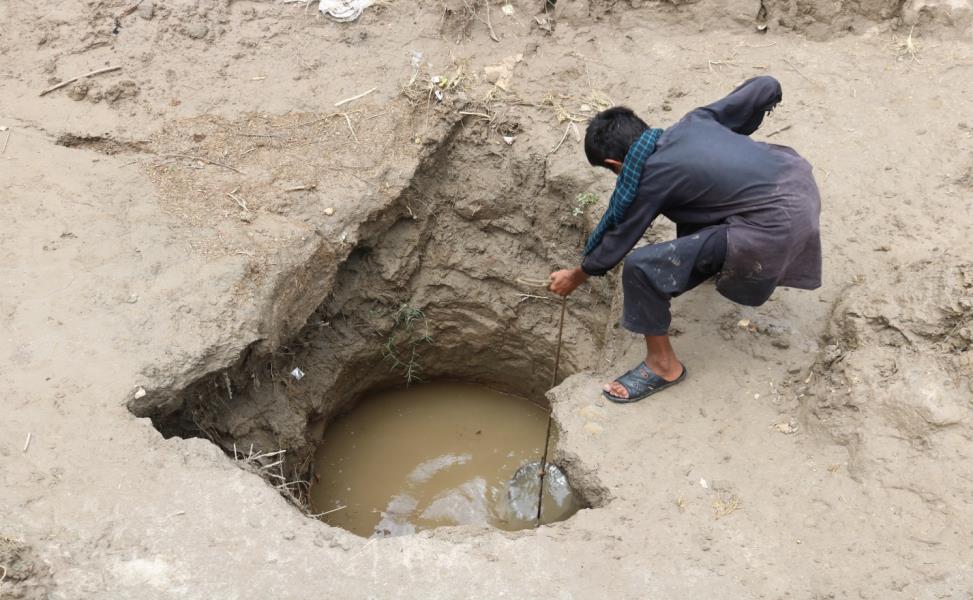
Our village lies eight kilometres to south on Badin-Kadhan road. It is only about 35 kilometres from the Arabian Sea. Obtaining drinking water is a big challenge for the people of my village. They get up early in the morning to stand in long queues to draw water from a hand-pump. That hand-pump water is also contaminated with chemicals. Filter plant is not functioning and canals have dried up. Therefore villagers have no other option but to drink the same contaminated water.
There used to be plenty of water some 30 years ago. The water canal near our village used to run throughout the year. People were happy. There was no extreme poverty. Agriculture was thriving. Water-logging and salinity were not too severe. There was no sea intrusion. Diseases were rare. Animals and cattle used to be healthy. Forests and trees were in abundance. There were lots of fish in the canals and other water bodies. The sky used to be full of colourful birds.
Badin is one of the most affected and vulnerable districts from the water crisis and environmental degradation. Its population is 1.8 million according to the 2017 census, and most of the people here are poor and dependent on agriculture.
Not only Badin, the entire southern belt of Sindh paints a sorry picture. Once a rich and beautiful region with a sound agriculture system, now wears a gloomy and barren look. People drink water from the same ponds where dogs, donkeys and other animals drink. Women wash clothes in the same dirty pools where children and animals take bath. Also those ponds and pools have human as well as animal excreta floating around.
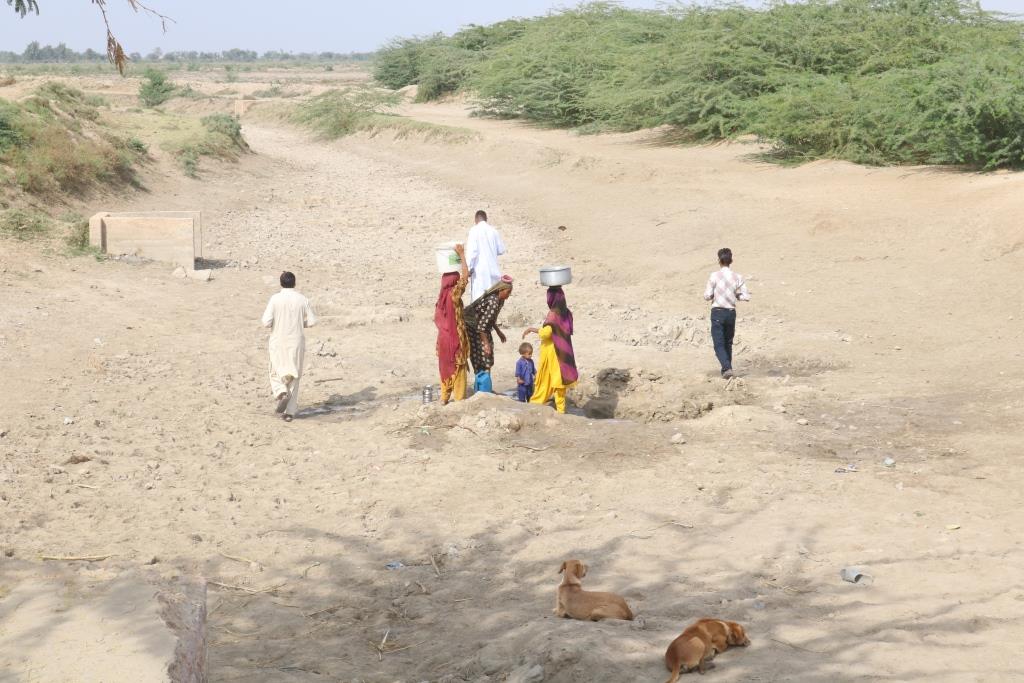
I have experience working in southern Sindh. There’s no water to drink. When I look at these areas, it seems that life has ceased to exist here. It’s strange that people are still living over there. There’s literally no concept of clean drinking water, electricity, gas, or education.
Muhammad Khan, resident of village Chanesar Mallah, union council Behdmi, says ‘Agriculture is our only source of livelihood, but for a decade or so we are not getting proper water supply. No water means no agriculture. It has deteriorated so much that our children often go to sleep without eating.’
Fatima Mallah, an inhabitant of village Phull Mallah, union council Dodo Soomro, district Badin, expresses her grievances in these words: Water is a basic need but we are deprived of it. Women understand the importance of water because they use it the most. It is our responsibility to spend half the day collecting water from a far-off village, about 2 to 3 kilometres away and commuting alone takes two hours. In one hand we carry our kids and in the other we hold our pitchers.’
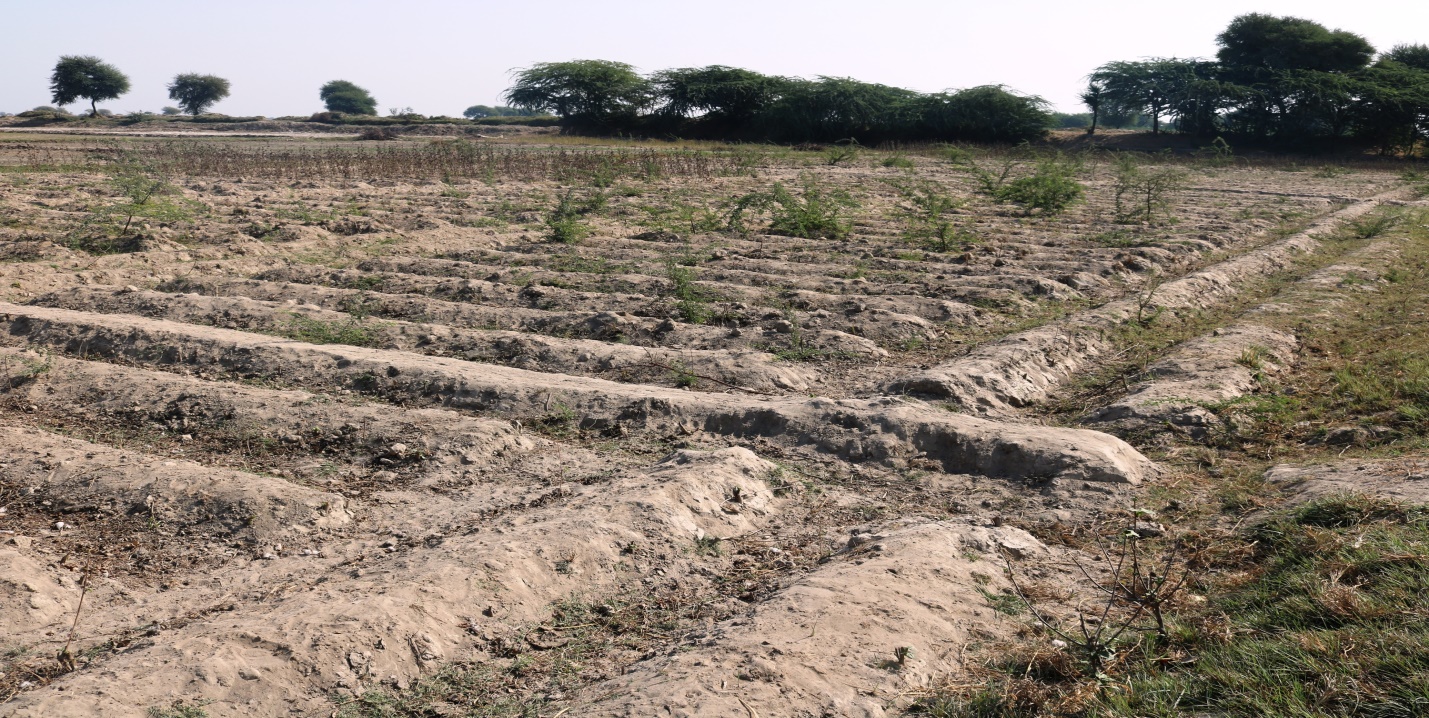
Allah Bachayo from village Banu Mallah, union council Behdmi, Badin, says that ‘I plant rice crop each year, but this time due to water scarcity, I planted it two months late, and now it’s winter. My paddy crop has not grown properly and there is no grain in the rice plant. We can’t even feed our children.’
According to a research, about 90 percent water in Pakistan is given to agriculture and half of it gets wasted. If that half is distributed correctly, our water problem can be solved. Instead of pouring billions of rupees in dam construction, it is better spending a fraction of the dam budget on building effective and efficient irrigation systems.
One farmer says that ‘we are underprivileged and have no say in water distribution; our water is stolen by big feudal lords but no one takes actions against them because they are powerful’.
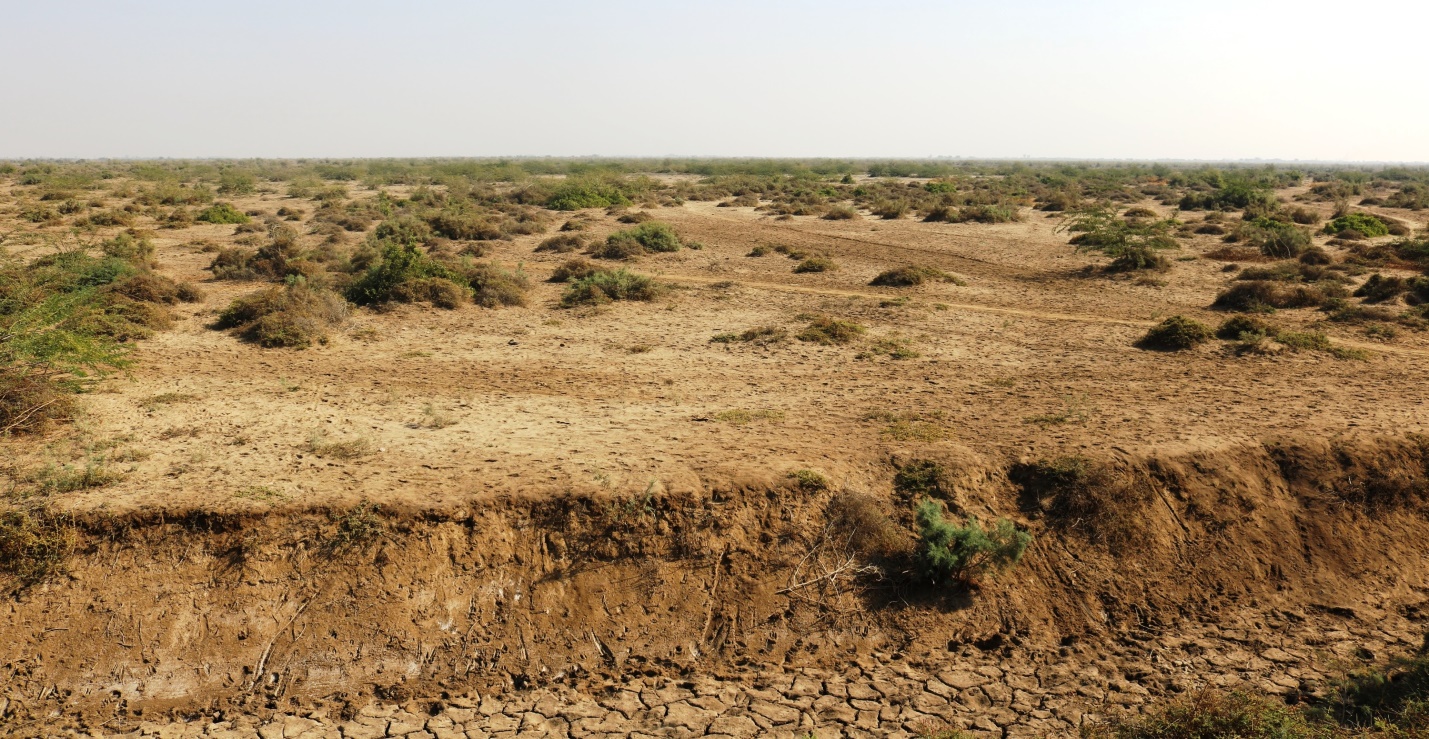
Mariam Chang from village Sanjer Chang, union council Dodo Soomro, says ‘we spend the days and nights in hunger and starvation. Our children die due to malnutrition. We are poor farmers and rear livestock. We drink waste water, eat substandard food, and have health and hygiene problems. We live in straw cottages’. She requests the concerned authorities to ‘find water for us, please?’
Water is power. Future wars, they say, will be fought for this resource. Those who will have control over water resources will influence the global economy.
But people here in Pakistan are dying at thirty because of floods and famines. According to Pakistan Meteorological Department Drought Alert-III, a few months ago 19 districts of Sindh and 11 of Balochistan were undergoing severe and moderate droughts. It is a tragedy that despite having adequate supply of water, we haven’t been able to distribute it properly.
People in the southern parts of Sindh have no water to drink and irrigate lands. They are forced to drink contaminated and brackish water, which is causing stomach pains, cholera, diarrhoea, and kidney failures – in short reducing their life expectancy. In addition, animal life is under great threat. Rare species are disappearing and the ecosystem is facing a grave challenge.

Villagers digging well in empty water canal
Our village lies eight kilometres to south on Badin-Kadhan road. It is only about 35 kilometres from the Arabian Sea. Obtaining drinking water is a big challenge for the people of my village. They get up early in the morning to stand in long queues to draw water from a hand-pump. That hand-pump water is also contaminated with chemicals. Filter plant is not functioning and canals have dried up. Therefore villagers have no other option but to drink the same contaminated water.
There used to be plenty of water some 30 years ago. The water canal near our village used to run throughout the year. People were happy. There was no extreme poverty. Agriculture was thriving. Water-logging and salinity were not too severe. There was no sea intrusion. Diseases were rare. Animals and cattle used to be healthy. Forests and trees were in abundance. There were lots of fish in the canals and other water bodies. The sky used to be full of colourful birds.
Badin is one of the most affected and vulnerable districts from the water crisis and environmental degradation. Its population is 1.8 million according to the 2017 census, and most of the people here are poor and dependent on agriculture.
Not only Badin, the entire southern belt of Sindh paints a sorry picture. Once a rich and beautiful region with a sound agriculture system, now wears a gloomy and barren look. People drink water from the same ponds where dogs, donkeys and other animals drink. Women wash clothes in the same dirty pools where children and animals take bath. Also those ponds and pools have human as well as animal excreta floating around.

Villagers digging well in empty water canal.
I have experience working in southern Sindh. There’s no water to drink. When I look at these areas, it seems that life has ceased to exist here. It’s strange that people are still living over there. There’s literally no concept of clean drinking water, electricity, gas, or education.
Muhammad Khan, resident of village Chanesar Mallah, union council Behdmi, says ‘Agriculture is our only source of livelihood, but for a decade or so we are not getting proper water supply. No water means no agriculture. It has deteriorated so much that our children often go to sleep without eating.’
Fatima Mallah, an inhabitant of village Phull Mallah, union council Dodo Soomro, district Badin, expresses her grievances in these words: Water is a basic need but we are deprived of it. Women understand the importance of water because they use it the most. It is our responsibility to spend half the day collecting water from a far-off village, about 2 to 3 kilometres away and commuting alone takes two hours. In one hand we carry our kids and in the other we hold our pitchers.’

Land lost fertility due to water scarcity.
Allah Bachayo from village Banu Mallah, union council Behdmi, Badin, says that ‘I plant rice crop each year, but this time due to water scarcity, I planted it two months late, and now it’s winter. My paddy crop has not grown properly and there is no grain in the rice plant. We can’t even feed our children.’
According to a research, about 90 percent water in Pakistan is given to agriculture and half of it gets wasted. If that half is distributed correctly, our water problem can be solved. Instead of pouring billions of rupees in dam construction, it is better spending a fraction of the dam budget on building effective and efficient irrigation systems.
One farmer says that ‘we are underprivileged and have no say in water distribution; our water is stolen by big feudal lords but no one takes actions against them because they are powerful’.

Once fertile land, now it has turned completely barren.
Mariam Chang from village Sanjer Chang, union council Dodo Soomro, says ‘we spend the days and nights in hunger and starvation. Our children die due to malnutrition. We are poor farmers and rear livestock. We drink waste water, eat substandard food, and have health and hygiene problems. We live in straw cottages’. She requests the concerned authorities to ‘find water for us, please?’
